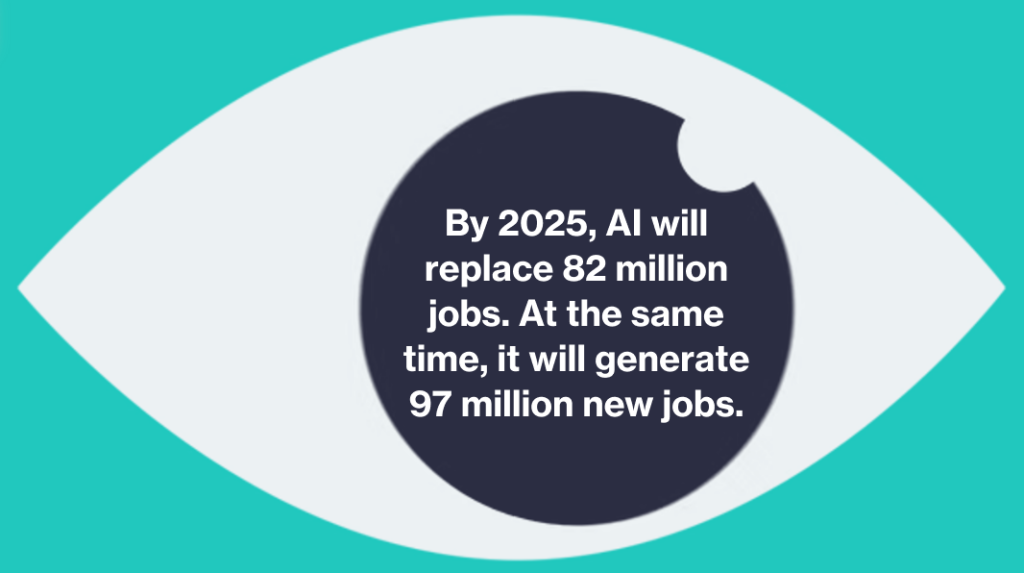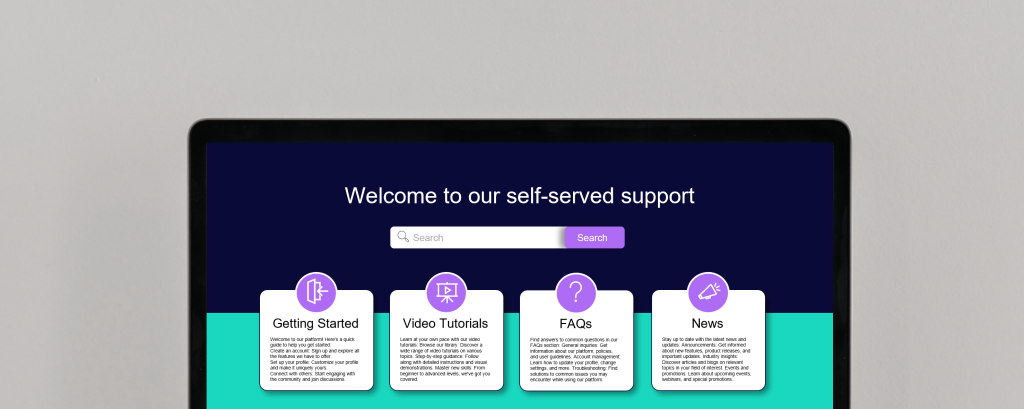Business intelligence and analytics teams are continually striving to gain insights on customer behavior, market trends, and performance. With more data sources available than ever before, it can be difficult to uncover actionable insights from the abundance of unstructured text data. Fortunately, native language processing tools have emerged as a powerful way to unlock the value of deep text analytics.
Through NLP (Natural language processing), computers can break down sentences into individual elements such as words, phrases, and punctuation in order to better understand their meaning.
For example, in a sentence like “I want ice cream”, a computer could break this down into two separate elements—“I” and “want ice cream”—and then identify that the speaker wants ice cream. This type of analysis is invaluable for business intelligence and analytics teams who need to quickly uncover actionable insights from large amounts of unstructured text data.
NLP tools for business intelligence & analytics
Native language processing tools offer several benefits for business intelligence and analytics. First, they enable teams to quickly process large amounts of unstructured text data in order to uncover valuable insights about customer behaviors or market trends. Additionally, these tools allow teams to analyze sentiment in customer feedback by recognizing the polarity (positive or negative) associated with certain words or phrases used by customers. Finally, NLP tools can be used for text summarization by eliminating redundant information and reducing long passages into concise summaries that are easier to read and understand.
Deep text analytics are essential for any business intelligence or analytics team looking to gain a competitive edge in today’s market. Native language processing tools enable teams to quickly process large amounts of unstructured text data in order to uncover valuable insights about customer behaviors or market trends. By utilizing these powerful tools, business intelligence and analytics teams can gain an advantage over their competition by gathering more accurate and timely insights than ever before!
NLP in 2022 and beyond
As the year 2022 progresses, natural language processing (NLP) technology is becoming increasingly important in our society. In recent years, there has been significant progress on NLP research and development as well as advancements in products that are based on this technology.
In 2022 alone, many achievements have been made in the field of NLP. For instance, advancements in Natural Language Understanding (NLU) have led to an improved ability for machines to detect and understand human language. This allows them to respond more accurately to users’ queries and commands. There has also been progress in Natural Language Generation (NLG), which enables computers to generate natural-sounding language that is more effective in conveying human intent.
As a result of these achievements, new products based on NLP technology have been released in the market. For example, there are virtual assistants that can understand users’ spoken commands and respond accordingly. Natural language search engines also allow users to use natural language queries instead of having to type out specific keywords to find what they are looking for.
Interesting trends in the NLP industry are also emerging. For instance, more companies are utilizing Natural Language Processing (NLP) to better understand customer behavior and improve their marketing strategies by analyzing customer conversations on social media platforms. According to research, the global Natural Language Processing market is estimated to reach a staggering $30 billion by 2028.
In the next few years, NLP technology is expected to continue developing at an even faster pace due to improvements in artificial intelligence (AI). This will have a significant impact on business intelligence (BI) and analytics, as NLP can be used to make data more accessible and easier to analyze.
NLP will enable businesses to ask complex questions of their data in natural language, allowing for faster analysis and better understanding. Additionally, the technology is able to identify patterns in large datasets that would have been difficult or impossible to uncover with traditional BI techniques. This could lead to more accurate predictions and more informed decisions, as well as improved customer service.
Overall, NLP is transforming the ways in which businesses access and analyze their data. With its ability to understand complex queries and detect subtle patterns, it will become an increasingly important tool for business intelligence and analytics. In the coming years, this technology will continue to revolutionize how companies gain insights from their data. Companies should keep track of the latest trends and advancements related to Natural Language Processing to stay ahead of the competition.
Tagado: NLP to complete a full business intelligence picture
By adding Tagado’s platform as an additional data source, you will enhance your business intelligence with customer feedback text analytics. Uncover the full picture for your teams, with Tagado’s help, you’ll never be left wondering what else you need to know to make sound decisions for your company.
Want to learn more about Tagado and how we can help you understand your customers better? Book a demo here.





